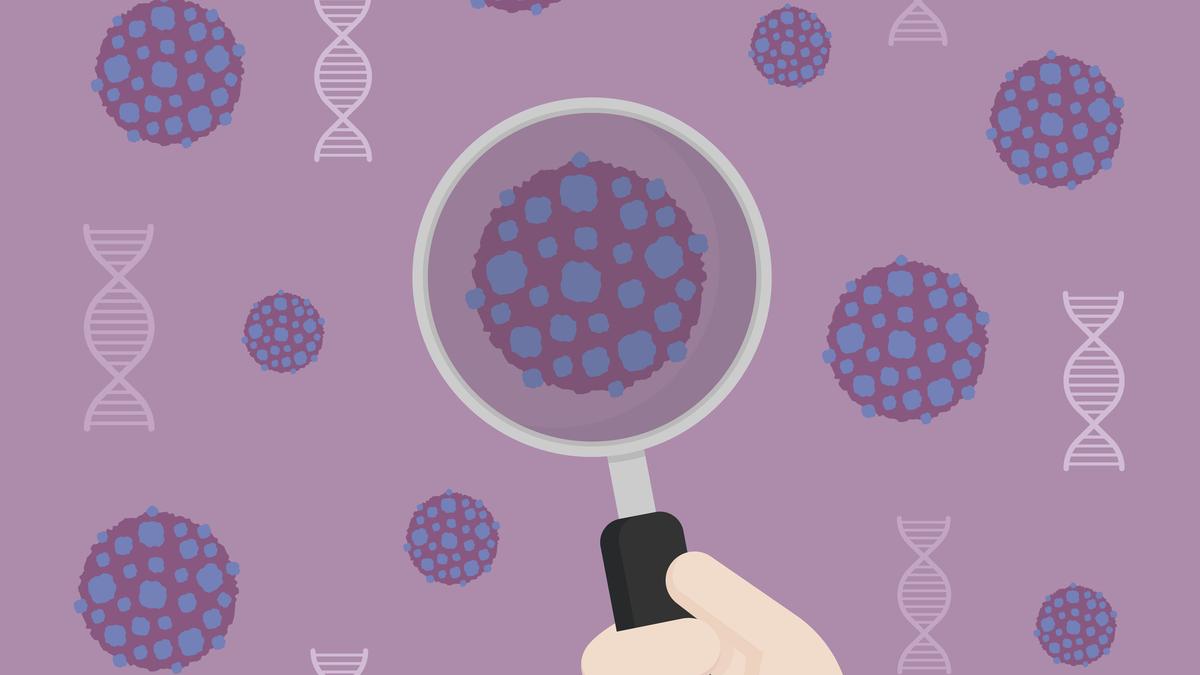
Can blood tests for cancer save more lives? | Explained Premium
The Hindu
Early cancer detection saves lives; learn about MCED tests, a promising tool for early diagnosis in India.
Imagine a loved one receiving a cancer diagnosis when it’s too late for effective treatment. Now, imagine if that cancer had been caught early — when it was still treatable, when hope was still alive. This is the reality we face today, where early detection, diagnosis, and prevention are not just crucial but lifesaving. With 1 in 9 Indians likely to develop cancer in their lifetime, the urgency to address the growing public health burden in India cannot be overstated.
Cancer is responsible for 18% of deaths from noncommunicable diseases, making it the second leading cause of mortality in the country. In 2022 alone, an estimated 14 lakh new cancer cases occurred in India, a number expected to rise by 12% by 2025. As per GLOBOCAN, among women, breast, cervical, ovarian, and colorectal cancers are most common, while lung, esophageal, colorectal, and stomach cancers dominate among men.
When cancer is detected late, survival rates plummet while the cost of care skyrockets, often requiring aggressive and expensive treatments. On the other hand, early detection makes cancer easier to treat, causes less suffering, and significantly extends life. This is why many countries have aligned with the United Nations’ Sustainable Development Goals (SDGs), setting ambitious targets to ensure no cancer goes undetected. For instance, the National Health Service in England aims to increase the proportion of people diagnosed at an early stage from 50% to 75% by 2028. Early detection through screening is a cornerstone of any effective national cancer strategy.
There is strong evidence that organised cancer screening can reduce mortality. Consequently, many countries have established national screening programs for breast, cervical, and colorectal cancers. Lung cancer screening is expanding globally, while prostate cancer screening is available but not widely recommended as a formal program. Most European countries, North America, Australia, and parts of Asia have adopted organised cancer screening, but in low- and middle-income countries like India, such programs are still uncommon. According to the recent National Family Health Survey (NFHS-5, 2019-21), cancer screening in India is limited to cervical, breast, and oral cancers, with only 0.2-2% of people having undergone any form of screening.
The success of any cancer screening program hinges on uptake—the percentage of people who complete a screening test and receive their results within a set time after being invited. High uptake is essential for detecting cancers early enough to reduce deaths and ensure the cost-effectiveness of the program. Yet, barriers such as anxiety about test results, embarrassment, and, particularly in women’s cancers, a lack of support from family members, can significantly reduce uptake.
Additionally, structural barriers like limited health infrastructure and access to screening facilities further hinder the reach and effectiveness of cancer screening programs. These challenges are exacerbated by disruptions, such as the COVID-19 pandemic, when cancer screenings dropped sharply due to restricted access. Campaigns to increase uptake have shown only modest impact over time, highlighting the need for more innovative solutions.
Blood-based tests offer a promising way forward. Already a staple in annual preventive health check-ups, these tests can be adapted for cancer screening with high specificity and reasonable sensitivity at an affordable price. A multi-cancer early detection (MCED) test, a type of liquid biopsy, detects cancer signals—such as circulating tumour DNA (ctDNA) and circulating tumour cells (CTCs)—released by cancerous cells into the blood at early stages, when treatment is most effective. If a signal is found, the test can often pinpoint the cancer’s location, helping doctors plan the appropriate care pathway.













